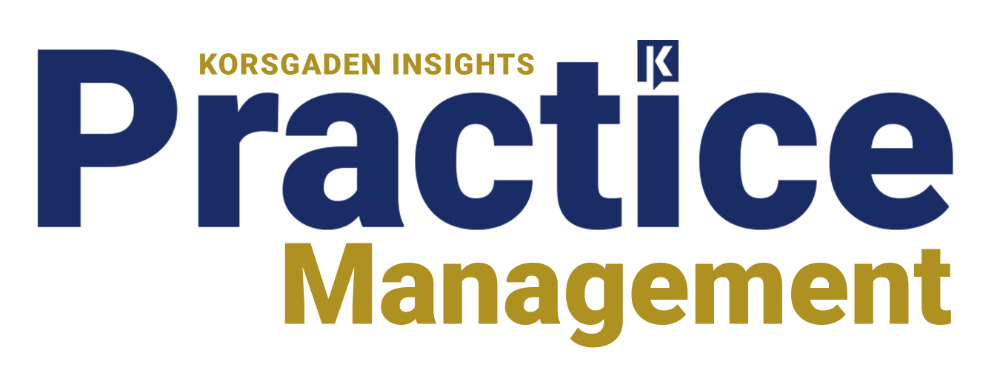Factors affecting the insurance industry

Agents need to adapt to provide the service clients want.
The insurance industry is affected by a number of factors, including financial markets, legislative trends, and technology. How are these factors—and others— changing the insurance industry, and what can we do to adapt?
The great philosopher Epictetus said it best 2,000 years ago: “It’s not what happens to you, but how you react to it that matters.” Even in ancient times, it was known that only so much of what goes on in your daily life is truly in your control. Today, it feels like change is occurring so rapidly that we have less and less control. This is especially true in the insurance and financial services industry.
When I first started out as an agent some 30 years ago, I knew my competitors. I knew the parameters of an acceptable risk. I knew how to navigate the slow-turning wheels of the industry, the marketplace, regulations, and oversight.
Today, things are not as cut and dry. Technology has led to massive changes in the way we service and sell to our clients, and in the guidelines, we follow to write business.
Technology is just one game-changer; our industry also is juggling external forces such as regulations and compliance, while also trying to keep up with the everyday issues associated with running our businesses.
However, before we blame those external forces entirely on the challenges in our industry, we need to take some responsibility for operating much like we did 50 years ago. Our industry has been notoriously slow to adapt to change.
The real threat is not just technology and ever-changing regulations, but rather our failure to adapt to the new reality of the consumer marketplace. Today, customers are in control. They have the keys to the kingdom. And, there’s no reason to believe they will be giving them back.
External market forces
External market forces have forced traditional carriers, firms, and local agencies to rethink their delivery of services and products. The result: Carriers that were once only a blip on the radar three decades ago have become powerhouses.
For example, GEICO and Progressive have gained market share in personal lines because of their digital prowess.
Both companies have been around a long time, but years back, they created digital strategies that changed everything. GEICO’s ability to offer customers products and services in ways that once seemed nontraditional have catapulted them toward the top of the food chain.
Learn from others
Did you know that GEICO started out as a mail-order company more than 80 years ago? Over the decades, GEICO evolved toward the telephone as the primary means of interacting with customers before moving to the internet and then mobile. By 2013, Forrester Research ranked GEICO’s mobile applications No. 1 in insurance.
The company has transformed itself digitally to achieve greater efficiencies and to derive more customer and market insight. GEICO’s CIO, Greg Kalinsky appeared at IBM’s Think conference in 2019. Kalinsky stated that adoption of new technology, customer service, and pricing are three tenets of GEICO’s corporate strategy. The company has applied IBM Watson NLP AI technology for customer support and sales interaction.
In that presentation, called “Journey of Digitization,” Kalinsky explained that it’s particularly difficult to achieve market differentiation and competitive advantage in the insurance industry. He said, “We’re selling a product that you don’t want to have, that you’re forced to have, and once you have it, you hope you never have to use it. Think about getting up every morning and getting motivated to sell that product. So how do you distinguish yourself? We do it, we believe, with outstanding customer service and with low prices. How do you do that? We do both with technology—that’s always been our mission.”
And that is how you, as a professional independent agent, overcome external forces to excel when others struggle: You must adapt to survive.
Collaboration, not competition
Change is hard. It’s uncomfortable. We’ve been doing things the same way in our industry for decades. However, we don’t have to—and shouldn’t even try to—evolve alone.
Notice what GEICO did to become a digital leader in our industry: The company partnered with IBM’s powerful Watson platform to automate, digitize and strengthen its own offerings. It didn’t try to become masters in the digital space; the company looked to a powerful partner to work with it.
We are accustomed to the old model, whereby it is every carrier, every agency and even every agent for himself or herself. We need to focus more on collaboration and less on competition.
Often, the solution lies outside your agency or in new structural approaches. Some insurers form partnerships to expand distribution, diversify product portfolios or enhance offerings.
Companies also adjust their scale and capital structures through mergers, acquisitions, and divestitures.
For example, Sun Life paid $975 million in 2016 for Assurant’s employee benefits business, filling gaps in its product portfolio and gaining scale to compete with larger rivals. MassMutual’s purchase of MetLife’s broker-dealer network in 2016 enlarged the MassMutual brokerage force by 70%, which freed MetLife to pursue new distribution channels.
Those are major disruptions to a business model. A more practical, manageable way for agents to collaborate is to develop reciprocal partnerships with other agents who have different, complementary specialties.
Now, if you’re an agent, you probably don’t offer every financial service available. Who does? However, you can partner with other experts easily to offer everything your clients need. You might not be an expert in bank loans for classic automobiles, but you can collaborate with someone who does specialize in that area.
This concept aligns with the concept of what I call, open product platform solution—a financial institution’s ability to offer clients both proprietary and external products and services.
If my clients, Mr. and Mrs. Templeton, buy a Cessna airplane, I am going to be thrilled for them, but I’m not an expert in aviation insurance.
And, if they buy a horse farm, I will be excited for them, but I’m not an expert in equine insurance, either.
So I won’t be able to personally write coverage for their new assets—but I know people who are experts in those areas.
In today’s customer-controlled marketplace, delivering unrivaled service must be our No. 1 goal. Collaboration is critical to that end goal, whatever that might look like.
A customer ecosystem
I want to speak directly to every agent, broker, firm, carrier and company leader who will listen. It is imperative that our local presence, whether exclusive, independent agent or broker or company-owned, adapt and create a new model.
We have to retool the current model if we want to thrive. We must change the focus to delivering service first and then bolstering local sales, or we risk extinction.
“One and done” is no longer a viable business structure. Today’s customers want it all, and they want it quickly and easily, with little to no effort. They want a seamless customer ecosystem.
We first saw this trend with travel websites. Users could compare hundreds of airline flights all at once to ensure they were getting the best deal. As their popularity grew, these sites added bundle deals to include hotels, cars and even local attractions. The model works. Customers can complete their needs at one stop and at a perceived value.
Independent agencies are positioned to adapt quickly to a similar structure based on their current business model. Because they are not beholden to one specific carrier, they are able to move quickly through distribution channels to strengthen and build new relationships. This allows them to offer their customers and prospects a complete array of services and needs without ever leaving their firms’ platforms.
We cannot go back in time and change the progression of the market dynamics.
We cannot control the factors that are affecting our industry. However, we can most certainly break through perceived barriers and positively affect our future—even in the face of unprecedented and rapid change.

